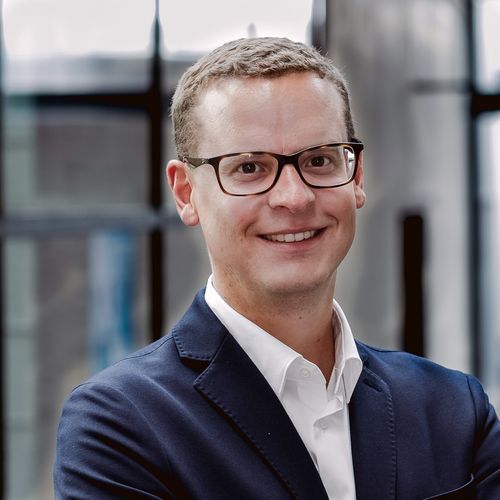Pilot facility in Biblis can lead to breakthroughs for non-destructive materials testing
World's first laser-based neutron source for industrial use
Ditzingen/Biblis, 25 September 2024 – A joint project led by Focused Energy is developing the world's first laser-driven neutron source for industrial use. The so-called LDRS process (Laser-Driven Radiation Sources) can non-destructively not only see through thick steel or concrete walls, but also into them. The Fraunhofer Institute for Laser Technology ILT in Aachen, the Helmholtz-Zentrum Dresden-Rossendorf (HZDR), Photonis Germany, TRUMPF and TU Darmstadt are involved in the joint research project. RWE is providing premises at the Biblis site for this purpose. The Federal Ministry of Education and Research is funding the project with 20 million euros.
The aim of the joint project called PLANET is to develop a laser neutron source from the individual components developed by the project partners and thus demonstrate that it can be used for the non-destructive examination of nuclear waste containers.
The LDRS technology developed by Focused Energy is the first non-destructive technology that can be used to characterize large components such as bridges or shipping containers as well as tightly closed containers from the outside. In the past, the inspection method used relied on huge particle accelerators to generate the necessary neutron beams. This was not practical for many applications. LDRS thus not only offers a much more cost-effective and compact alternative, but also a kind of non-destructive X-ray vision into the finest structures and complex material compositions.
Laser-based process promises solution
The main innovation of the new test method is the neutron source driven by a high-power laser. Instead of using conventional accelerator technology, ions are accelerated by the laser and directed to a converter to generate neutrons via particle reactions.
The PLANET project comprises various sub-projects that build on each other and involve different partners. The high-power laser, which is being built by TRUMPF, Fraunhofer ILT and Focused Energy, fires up to 100 times per second at a self-renewing target developed by Focused Energy together with TU Darmstadt. The laser accelerates the particles over a distance of a few millimeters. In conventional particle accelerators, this requires several hundred meters. Focused Energy is working with the HZDR to generate these particle beams in a stable and reproducible manner. The particles are then converted into directed neutrons and X-rays in order to illuminate the inside of components and containers. Photonis Germany is developing a large-area, highly sensitive detector for imaging. This detects the incoming neutron and X-ray radiation in order to generate high-resolution image information from it, as in conventional radiological procedures.
Focused Energy acts as a system integrator and uses its patented LDRS process to draw conclusions about the composition and condition of the containers from the data recorded in this way. With the laser-driven source, a locally usable neutron source with high power can be realized for the first time.
Pilot facility in Biblis
RWE is providing a building on the site of the former nuclear power plant in Biblis, which will be converted by Focused Energy into a research laboratory and the first pilot facility for the use of this technology.
Odpowiednie obrazy cyfrowe w rozdzielczości do druku są dostępne dla tego dociskacza. Mogą one być wykorzystywane wyłącznie do celów redakcyjnych. Korzystanie jest bezpłatne pod warunkiem podania źródła „Zdjęcie: TRUMPF”. Zmiany graficzne – z wyjątkiem kadrowania głównego motywu – są niedozwolone. Dodatkowe zdjęcia są dostępne w TRUMPF Media Pool.
Osoby do kontaktów





